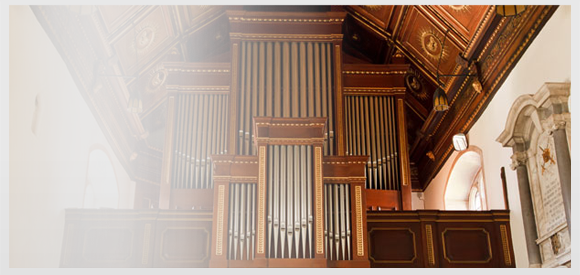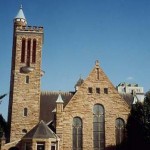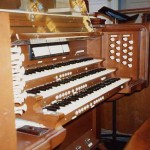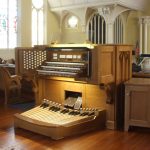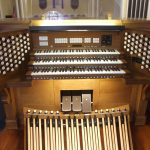Second Presbyterian Church
The following history is exerpted from CATALYST FOR CHRIST – 150 YEARS, by David Cooper, 1991:
Second Presbyterian Church was literally founded within the walls of the First Presbyterian Church when it was at Seventh and Market Streets. Up to that point, the mother church was the only Presbyterian church in town; it was simply known as the Presbyterian Church of Chattanooga. A second church necesssitated the first one’s taking First as part of its name.
In January of 1871, nearly 31 years after First Presbyterian was born, the Kingston Presbytery of the United Presbyterian Church in the USA made moves in Chattanooga to organize the city’s first “Northern” Presbyterian Church. In April, a committee visited. In June, all interested parties were asked to assemble at the home of Willard Abbott. The following Sunday those individuals petitioned the presbytery to authorize the formation of a body of Northern Presbyterian believers.
On September 3, 1781, in a 3pm service at First Presbyterian Church, Second Presbyterian was born. Second Church met in the First Church building for 18 months before striking out on its own into other facilities. Second had a difficult time in the early years, especially with keeping a pastor. But, things steadied up and growth took hold around 1879.
The first building went up at the NE corner of Eighth and Chestnut in 1881. But, the church was growing so fast that a new building was needed very soon. Land was purchased two blocks away at the existing site, the SE corner of Seventh and Pine. The beautiful sandstone Victorian Romanesque Akron-plan church, designed by R. H. Hunt, was dedicated November 15, 1891.
Regarding the first organ at Second Presbyterian Church, I quote from an article in the CHATTANOOGA TIMES from somewhere between 1908 and 1909:
“The Second Presbyterian Church has the next oldest pipe organ (after the Erben put in St. Paul’s in the early 1880s), a Farrand & Votey make. This is a two-manual instrument of tubular pneumatic action described by Prof. Roy L. Smith, the present organist, as having inside a mass of lead pipes for wind to pass through. This is created by the bellows, and in turn opens the valves which produce the tones. This action, he says, helps the drawstops and is easier to operated than old-style instruments.”
The organ was replaced in 1959 by a new instrument from M.P. Moller, and is installed in chambers to each side of the choir loft, with swell shades from each chamber to both the choir and nave, with on-and-off controls for the nave swell shades. Barger & Nix Organs completely releathered the organ in 2000, and in 2017, built a new custom console, relocated at the rear of the room.
M. P. Moller, Inc., Opus 9208, 1959, 3/22
GREAT
8′ Diapason
8′ Bourdon
4′ Octave
II Grave Mixture
III Fourniture
Tremolo
Sub
Super
SWELL
16′ Gedeckt
8′ Gedeckt 12
8′ Viole de Gambe
8′ Viole Celeste
4′ Flute Harmonique
2′ Blockflote
8′ Trompette
Tremolo
Sub
Unison Off
Super
CHOIR
8′ Nasonflote
8′ Erzahler
8′ Erzahler Celeste
4′ Cor de Nuit
II Sesquialtera
Tremolo
Sub
Unison Off
Super
Chimes
PEDAL
16′ Soubass
16′ Gedeckt SW
8′ Principal
8′ Soubass 12
8′ Gedeckt SW
4′ Super Octave 12
2′ Octavin 12
16′ Bass Trumpet 12
8′ Trumpet SW
4′ Clarion SW
